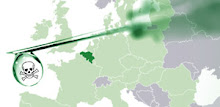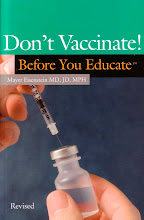 HONG KONG (Reuters) China must be alert to any mutation or changes in the behavior of the H1N1 swine flu virus because the far deadlier H5N1 bird flu virus is endemic in the country, a leading Chinese disease expert said.
HONG KONG (Reuters) China must be alert to any mutation or changes in the behavior of the H1N1 swine flu virus because the far deadlier H5N1 bird flu virus is endemic in the country, a leading Chinese disease expert said.Zhong Nanshan, director of the Guangzhou Institute of Respiratory Diseases in China's southern Guangdong province, said the presence of both viruses in China meant they could mix and become a monstrous hybrid -- a bug packed with strong killing power that can transmit efficiently among people.
"China, as you know, is different from other countries. Inside China, H5N1 has been existing for some time, so if there is really a reassortment between H1N1 and H5N1, it will be a disaster," Zhong said in an interview with Reuters Television.
"This is something we need to monitor, the change, the mutation of the virus. This is why reporting of the death rate must be really transparent."
The World Health Organization warned on Tuesday that H5N1 had erupted in poultry in Egypt, Indonesia, Thailand and Vietnam, posing once again a threat to humans.
"First, it places those in direct contact with birds -- usually rural folk and farm workers -- at risk of catching the often-fatal disease. Second, the virus could undergo a process of "reassortment" with another influenza virus and produce a completely new strain," it said.
"The most obvious risk is of H5N1 combining with the pandemic ... (H1N1) virus, producing a flu virus that is as deadly as the former and as contagious as the latter."
Zhong told the Chinese media last week that China may have had more H1N1 flu deaths than it has reported, with some local governments possibly concealing suspect cases...













.bmp)
No comments:
Post a Comment